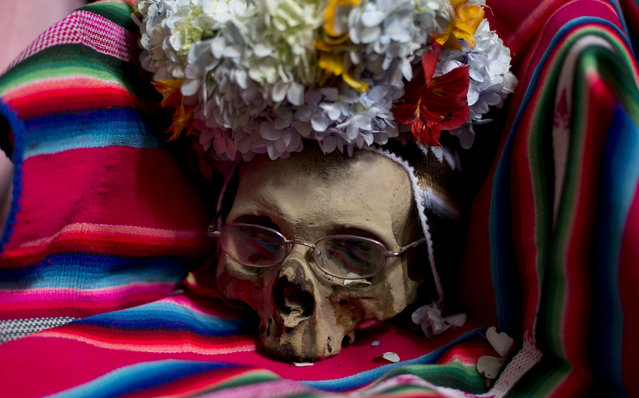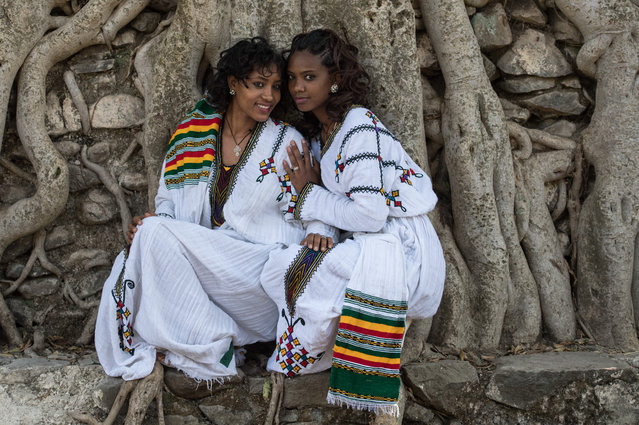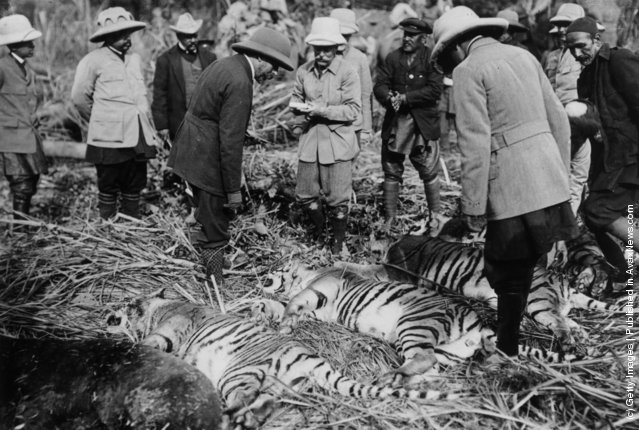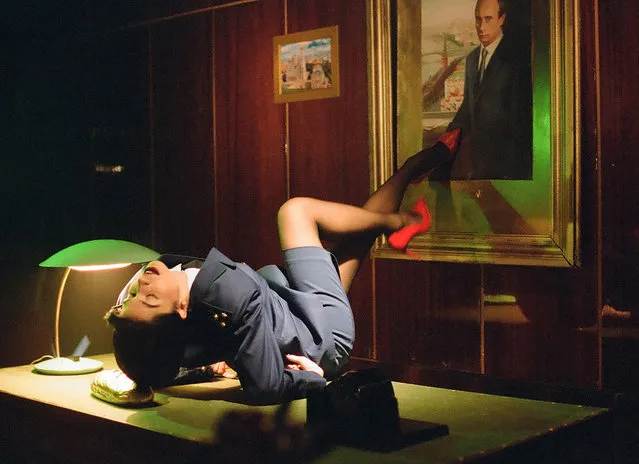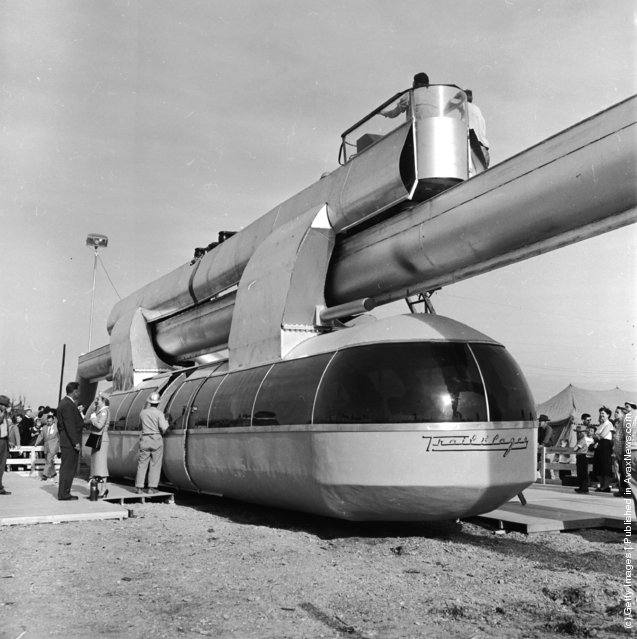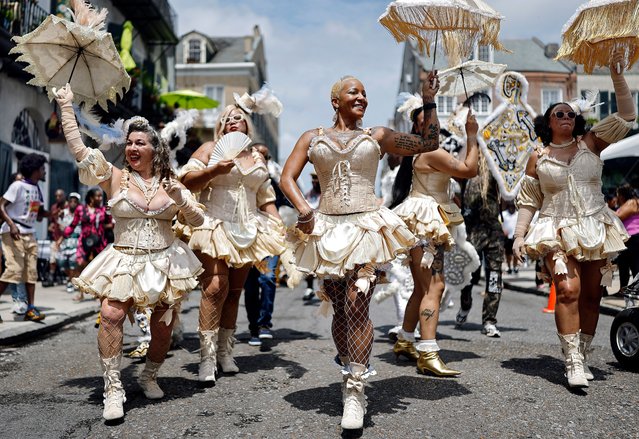
People march past the Colosseum during the Gay Pride parade in Rome, Saturday, June 11, 2016. Italy joined the rest of Europe last month in giving some legal rights to gay couples after a years-long battle and opposition from the Catholic Church to anything that smacked of authorizing gay marriage. (Photo by Fabio Frustaci/AP Photo)
12 Jun 2016 10:38:00,post received
0 comments

